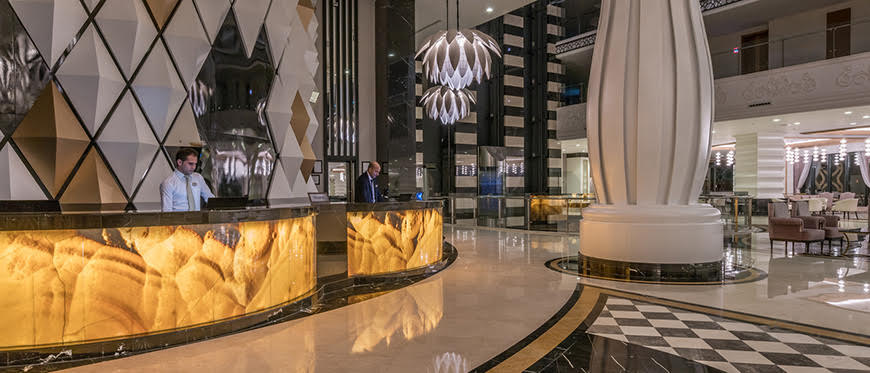What do you do when forty percent of the demand for hotel rooms comes from the midscale segment, but your room inventory tends toward upscale travelers? You get daring. You disrupt. And you design a whole new approach to hotels.
That’s exactly what Hilton set out to do with its still-new Tru Brand – and early indications suggest that Tru will succeed because it obeys four “new truths” of the hotel business that all operators should be aware of:
One: Design for revenue generation
Hotel design that turns in to dollars doesn’t start with the hotel – it starts with the hoped-for guests. That means that Hilton had to take a deep-dive into the desires of the almighty Millennial traveler – and they discovered that price wasn’t the entire point. Instead, their prospective guests wanted value, specifically the values of a good price, aesthetic appeal, plus what Hilton pegged as “social engagement, unexpected certainty and vibrant simplicity.”
To deliver all that on the budget the midscale market demands, the Hilton team took a “value-engineering approach,” involving developers, owners, general contractors and architects from the very beginning, to maximize the concept and minimize costs.
If you want to generate revenue, however, you have to do more than cut costs – you also have to generate excitement. Accordingly, creativity in the look and function of all spaces became more important than luxurious materials or even the size of guest rooms (Tru single-bed rooms are 231 square feet, compared to a national hotel room average of 325).
Two: Improve, and keep improving, your offering
Hilton guided its development of Tru by focusing on three pillars that support the brand: simplicity, spirit and value. For instance, they knew that their young and busy clientele wanted a good, simple breakfast that would fill them up without slowing down their day. In response, the original Tru breakfast offering, “Top It” featured mostly cold offerings, like cereals with 30 different, fun toppings.
But by continually tracking customer satisfaction, Tru managers quickly determined that guests also wanted hot breakfast options. They just as quickly updated their breakfast selection, along with making several other guest-driven changes (with, no doubt, more to come, as customer-centered design is always an on-going effort).
Three: Optimize work and play opportunities
Tru knew that making both work and play easy and exciting for guests could ensure a broad appeal, including not only its Millennial core target but also Gen Xers and their families, plus the legion of Baby Boomers looking to travel in retirement. One innovation was to flip the concept of a lobby on its head. Instead of a spot to pass through or sit and wait, the Tru “lobby” (called The Hive) buzzes with multiple activities, with people eating at the marketplace, working in special noise-cancelling chairs, playing games in the living-room-like atmosphere, or just lounging around.
Four: Elevate the entire guest experience
From the very beginning, Tru set out to create much more than an affordable place to stay – it wanted to design an enjoyable, surprising, memorable experience at all points and on all levels. That includes: local artwork about a hotel’s particular location, to greet guests as they enter; digital check-in via mobile app, so guests can proceed straight to their rooms; device-charging outlets everywhere; games provided in The Hive’s living room “play zone;” and a colorful, contemporary, highly inventive environment throughout the public spaces and guest rooms.
Hilton appears to have hit on its own “Tru winner,” one that can teach a valuable lesson to the whole lodging industry: Good design matters, and the best design facilitates the great experiences today’s travelers crave.
Sources:
Hilton: A revolutionary mid-scale brand by Hilton
Hotel Business: Tru by Hilton Updates Prototype
Hotel News Now: Hilton Tweaks Tru to Keep Costs in Check
USA Today: Hilton Announces New Affordable Hotel Brand
Central Penn Business Journal: How Central Pa. Helped Launch the Fastest Growing Hotel Brand In History
Tru by Hilton: FRCH design firm case history
AD&V blog: Hotel Design Trends to Watch for in 2018
